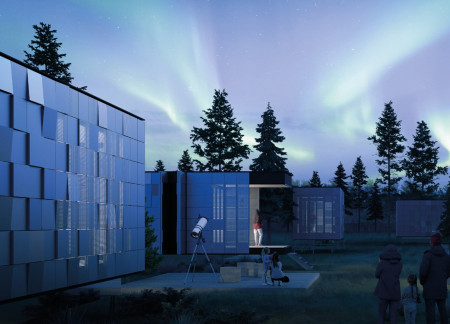Sustainable Senior Housing with Shared Agriculture
Developed as a progressive alternative to conventional aged care facilities, the project redefines residential environments for seniors by promoting active lifestyles, social connectivity, and a strong sense of purpose.






















































